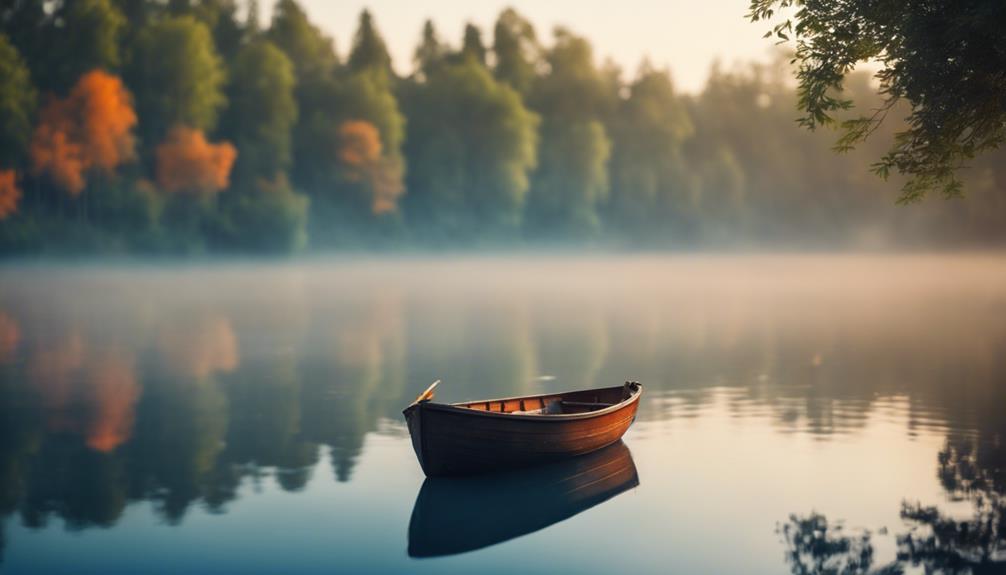What is Photo Fly Fishing? An Overview
Photo fly fishing combines the art of fly fishing with photography, allowing anglers to capture stunning images of their fishing experiences. This unique blend not only enhances the fishing experience but also creates lasting memories. With the rise of social media and photography, many anglers are now keen to document their outings. Photo fly fishing involves not only catching fish but also skillfully photographing the process, the catch, and the beautiful surroundings. Whether you’re an avid angler or a budding photographer, understanding the nuances of photo fly fishing can transform your outdoor adventures into a visual masterpiece.
Essential Gear for Successful Photo Fly Fishing
To excel in photo fly fishing, having the right gear is essential. First and foremost, invest in a quality fly rod and reel that suits your style and the type of fish you are targeting. Pair this with a camera that meets your photography needs; a DSLR or mirrorless camera is recommended for its versatility and image quality. Don’t forget about the lenses; a macro lens is ideal for close-up shots of flies and fish, while a wide-angle lens can capture the stunning landscapes around you. Additionally, waterproof cases for your camera can protect your gear during unexpected splashes or rain. Finally, consider adding a tripod for stability and a remote shutter release to minimize camera shake when capturing those perfect action shots.
Techniques for Capturing Stunning Fly Fishing Photos
When it comes to photo fly fishing, technique is key. Start by understanding the best times for photography—early morning and late afternoon provide the best natural lighting, often referred to as the “golden hour.” Experiment with different angles and compositions; try to capture the action of casting, the beauty of the surroundings, or the excitement of reeling in a fish. Using a fast shutter speed is crucial for action shots, while a slower shutter speed can create beautiful motion blur in flowing water. Don’t overlook the importance of framing; including elements like trees, rocks, or the horizon can add depth to your photos. Lastly, be patient and ready; the perfect shot may come when you least expect it.
Editing Your Fly Fishing Photos for Maximum Impact
Post-processing is a vital part of photo fly fishing that can elevate your images from good to great. Software like Adobe Lightroom or Photoshop can help enhance your photos by adjusting exposure, contrast, and color balance. Start by cropping your images to eliminate distractions and focus on the subject. Use sharpening tools to bring out details in the fish or the fly, and consider applying filters to enhance the overall mood of the image. However, it’s essential to maintain a natural look; over-editing can detract from the authenticity of your fishing experience. Remember, the goal is to showcase the beauty of fly fishing, so aim for enhancements that highlight the natural elements of your photos.
Incorporating Storytelling into Your Photo Fly Fishing Adventures
One of the most powerful aspects of photo fly fishing is the ability to tell a story through your images. Each photo can represent a moment in time, from the anticipation of casting your line to the thrill of landing a fish. Consider documenting your fishing trips not just with images of the catch but also with photos of your fishing buddies, the landscape, and the journey to your fishing spot. Including captions or blog posts alongside your images can provide context and engage your audience. Whether you’re sharing your experiences on social media or creating a personal blog, storytelling can connect you with fellow anglers and outdoor enthusiasts, enriching the community around photo fly fishing.
The Environmental Impact of Fly Fishing Photography
As you embark on your photo fly fishing journey, it’s crucial to consider the environmental impact of your activities. Fly fishing, while a sustainable practice, can still affect fish populations and aquatic ecosystems if not approached responsibly. Always practice catch and release when possible, and handle fish with wet hands to minimize stress and injury. Be mindful of your surroundings; avoid trampling sensitive vegetation and always leave no trace. Many photographers now advocate for ethical photography practices, which include respecting wildlife and minimizing disturbances. By promoting conservation through your photography, you can inspire others to appreciate and protect the environments we enjoy while fly fishing.
Sharing Your Photo Fly Fishing Experience Online
In today’s digital age, sharing your photo fly fishing experiences online is easier than ever. Platforms like Instagram, Facebook, and dedicated fishing forums provide excellent outlets for showcasing your photography. When sharing your images, use relevant hashtags such as #photoflyfishing, #flyfishingphotography, and #catchandrelease to increase visibility and connect with other enthusiasts. Consider writing blog posts that detail your fishing trips, techniques used, and the stories behind your best photos. Engaging with your audience through comments and discussions can help build a community of like-minded anglers and photographers who share your passion for photo fly fishing.
Conclusion: The Joy of Photo Fly Fishing
Photo fly fishing is more than just a hobby; it’s a way to combine your love for fishing with the art of photography. By understanding the techniques, gear, and storytelling aspects involved, you can capture stunning images that celebrate your fishing adventures. Remember to respect the environment and share your experiences responsibly. As you continue to explore the world of fly fishing through your lens, you’ll find that each trip provides opportunities for creativity, connection, and unforgettable memories. So grab your gear, head to your favorite fishing spot, and start capturing the magic of photo fly fishing today!
